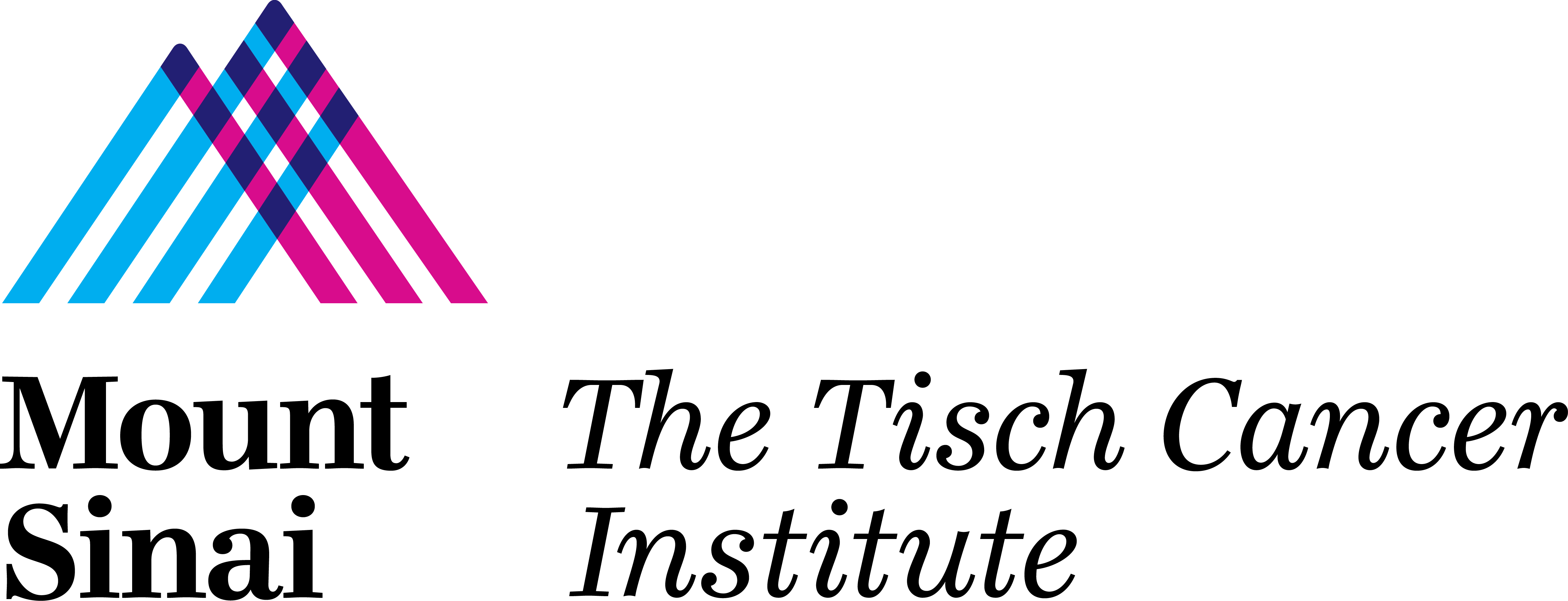- About Us
- Advertise / Support
- Editorial Board
- Contact Us
- CancerNetwork.com
- TargetedOnc.com
- OncLive.com
- OncNursingNews.com
- Terms & Conditions
- Privacy
- Do Not Sell My Information
- Washington My Health My Data
© 2025 MJH Life Sciences™ and CURE - Oncology & Cancer News for Patients & Caregivers. All rights reserved.
Pelabresib Combo Leads to Outcomes Linked to Better Survival in Myelofibrosis

Brielle Benyon, Assistant Managing Editor for CURE®, has been with MJH Life Sciences since 2016. She has served as an editor on both CURE and its sister publication, Oncology Nursing News. Brielle is a graduate from The College of New Jersey. Outside of work, she enjoys spending time with family and friends, CrossFit and wishing she had the grace and confidence of her toddler-aged daughter.
Pelabresib plus Jakafi led to a reduction in spleen size and was tolerable in patients with myelofibrosis, according to data from MANIFEST-2.
The addition of pelabresib to Jakafi (ruxolitinib) tended to improve outcomes and quality of life in patients with myelofibrosis, according to a primary analysis from the phase 3 MANIFEST-2 clinical trial.
The trial is still ongoing. But data from it so far show that the addition of pelabresib to Jakafi could change the way that myelofibrosis is treated, according to study author, Dr. John Mascarenhas.
“This is an important trial because it has the potential to be paradigm-shifting in the sense of moving away from the standard practice, which has been — for over a decade — single-agent JAK inhibitor, usually [Jakafi] to treat myelofibrosis in patients who are naïve to these therapies,” Mascarenhas, professor of Medicine and director of the Leukemia Program at Mount Sinai, said in an interview with CURE®.
MANIFEST-2, which is one of the largest myelofibrosis studies, involves patients with myelofibrosis who have not previously been treated. Researchers randomly assigned half the patients to receive pelabresib plus Jakafi. The other half were randomly assigned to receive a placebo plus Jakafi.
Pelabresib Helps Decrease Spleen Size
Data from the ongoing trial showed that more patients in the pelabresib group saw a 35% or more reduction in the volume of their spleen compared to those in the placebo group. Specifically, 66% of patients experienced at least a 35% reduction in spleen volume, compared to 35.2% of patients in the placebo group.
“So it doubled response rates from the spleen,” Mascarenhas said.
Spleen enlargement is a common result of myelofibrosis, which is a disease of the bone marrow. When myelofibrosis causes the bone marrow to continually produce unhealthy cells, it can overwork and enlarge the spleen, according to the Cleveland Clinic. This spleen growth, also known as splenomegaly, not only impacts patients’ quality of life, but it can affect outcomes, too.
“Patients who have small spleens are likely to do better overall,” Mascarenhas said. “There is data from early-phase trials of Jakafi that [shows] if you associate patients by the depth of spleen response, that correlates with survival.”
Outcomes Associated With Improved Survival in Myelofibrosis
Mascarenhas also cited data from the RR6 prognostic model, which analyzed patients with myelofibrosis within the first six months of Jakafi treatment. Improved survival was associated with the following facets:
- A higher dose of Jakafi, which also correlated with a better spleen response
- A 30% or more reduction in spleen size
- Being independent of transfusions at the study start and three- and six-month marks
Relating those data to MANIFEST-2, Mascarenhas explained that the pelabresib-Jakfi combination tended to be tolerable. “So we were able to maintain a dose intensity with [Jakafi] and get much deeper spleen responses. There was also a difference in anemia responses. There were less transfusion-dependent patients in the combination arm. So it suggests those three different aspects of RR6 that are associated with improved survival.”
READ MORE: Research Nurse Breaks Down Myelofibrosis-Related Anemia
What’s Next for Pelabresib Plus Jakafi?
Longer-term outcomes such as overall survival (time from treatment until death of any cause) and progression-free survival (time from treatment until disease worsening or death) from MANIFEST-2 are still not ready yet. However, Mascarenhas mentioned that the data may eventually be used in vying for potential Food and Drug Administration (FDA) approval.
“There is an interest in trying to get this data in front of the [Food and Drug Administration] and have discussions about whether there’s a path forward for approval. where we would be trying to shift the paradigm away from single-agent [Jakafi] — which is a great drug — but to try to bring the treatment of myelofibrosis into the modern age of combination therapies with the premise that a deeper response would ultimately afford the patient a better outcome.”
For more news on cancer updates, research and education, don’t forget to subscribe to CURE®’s newsletters here.
Related Content:



